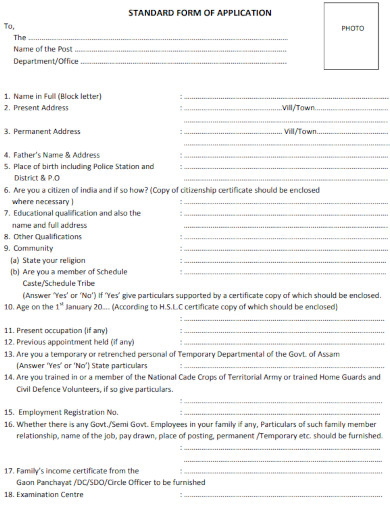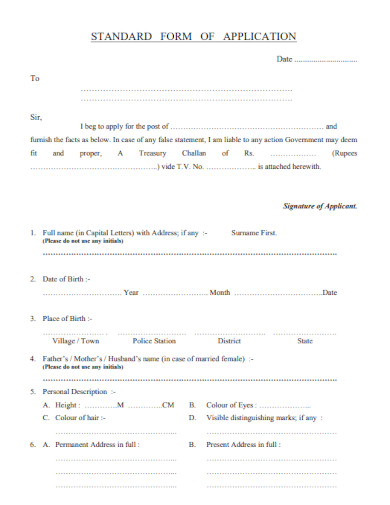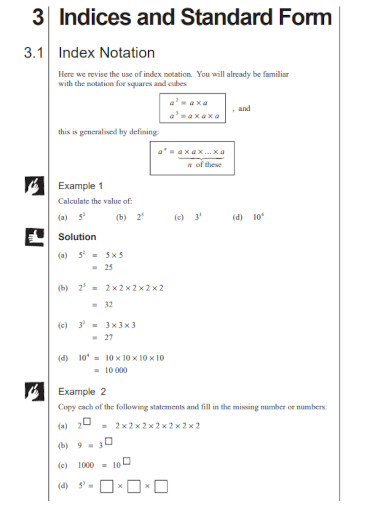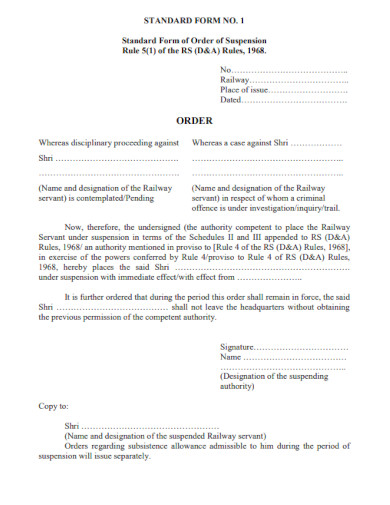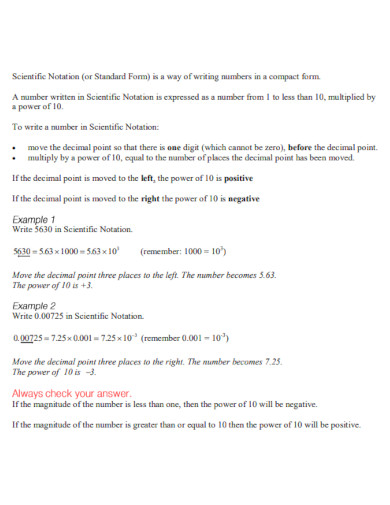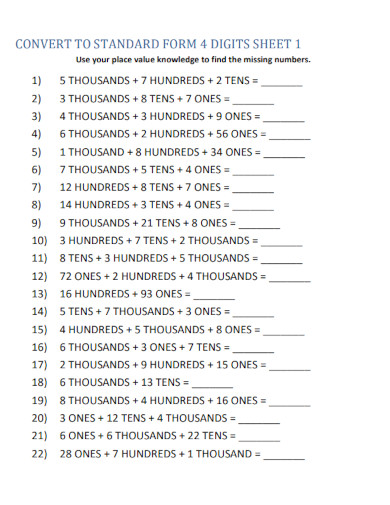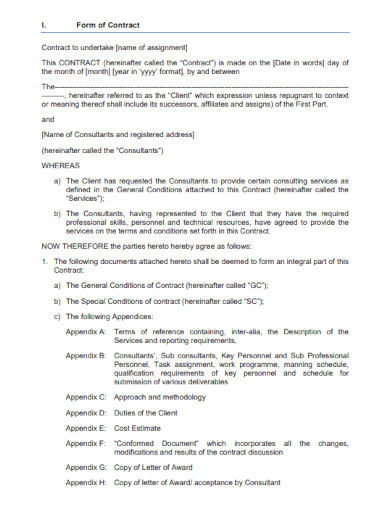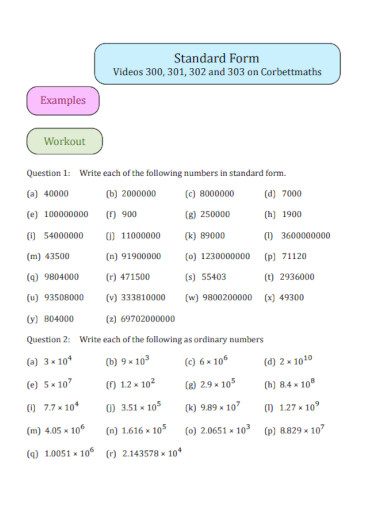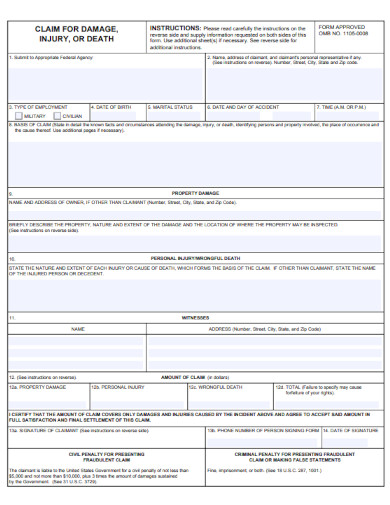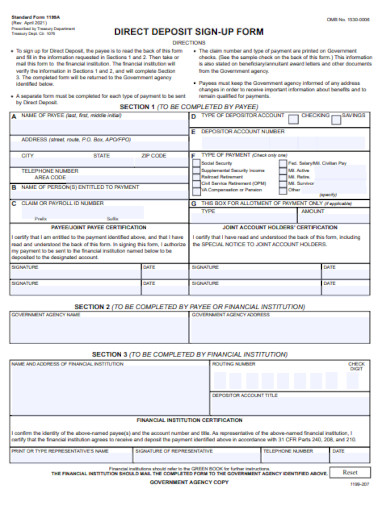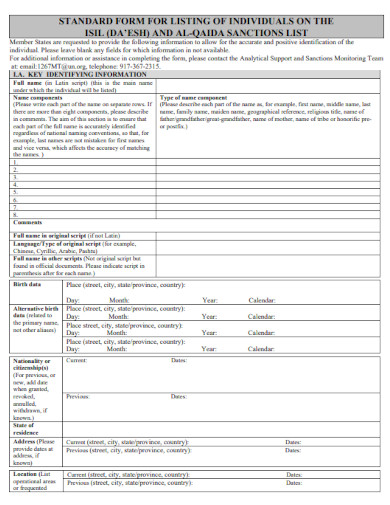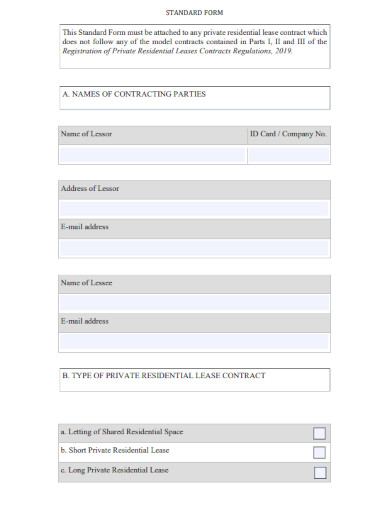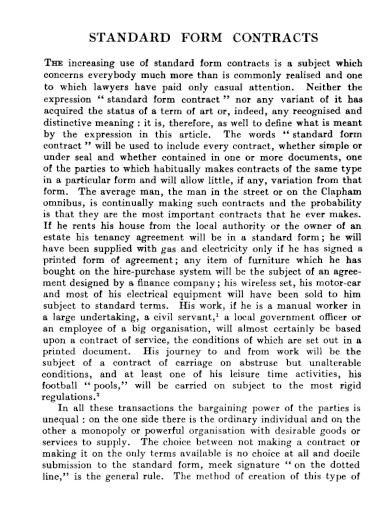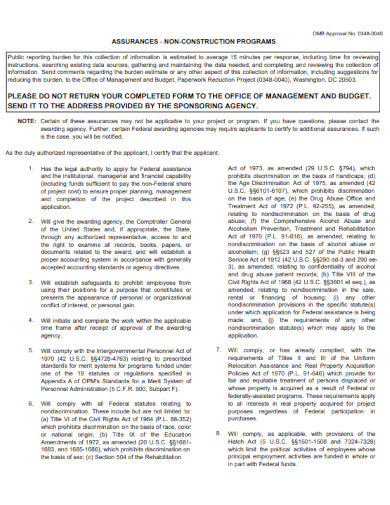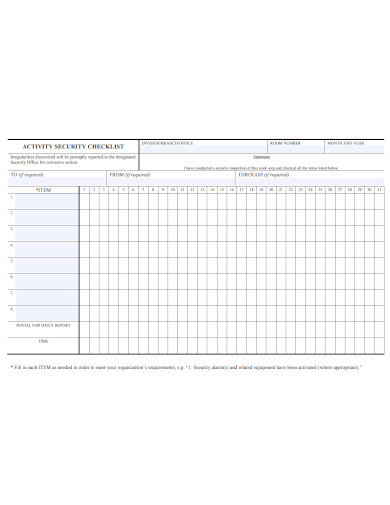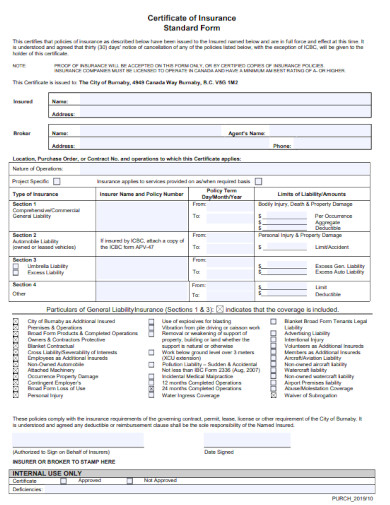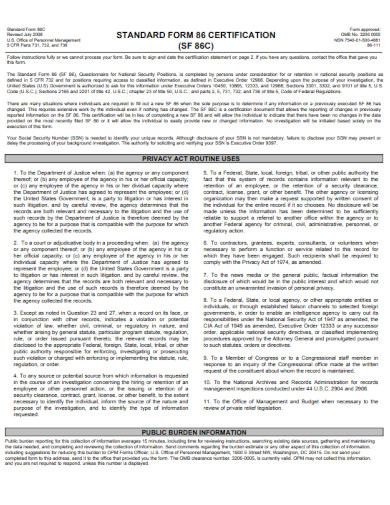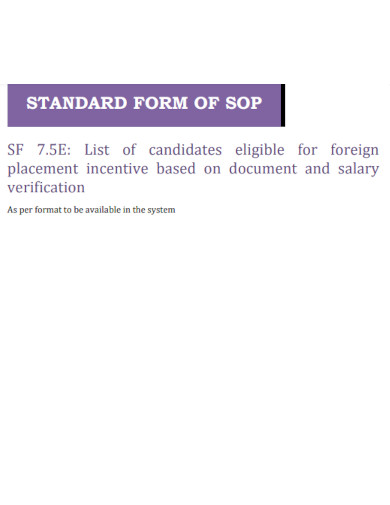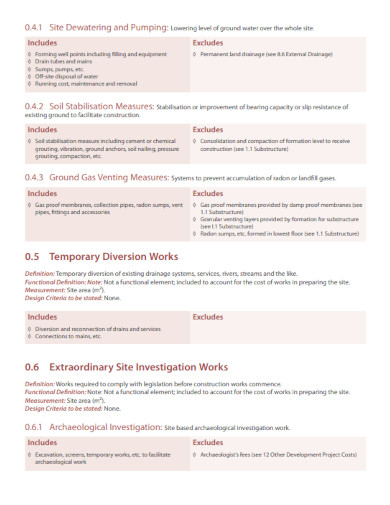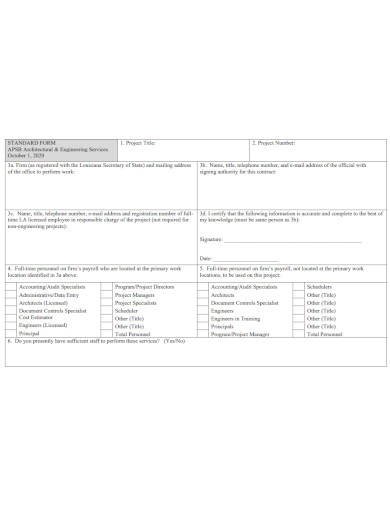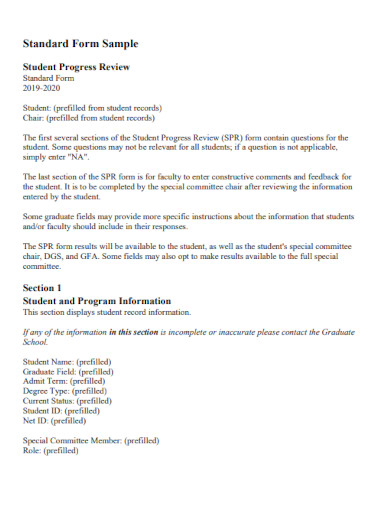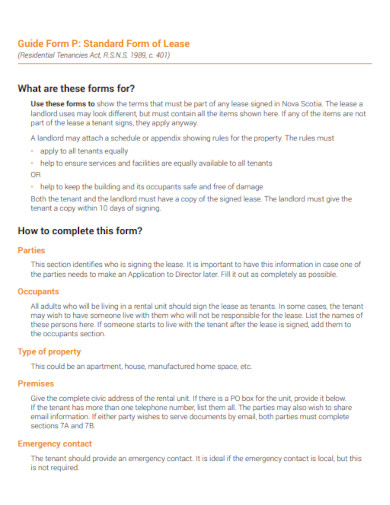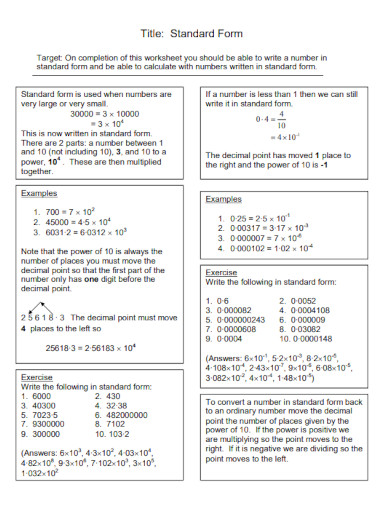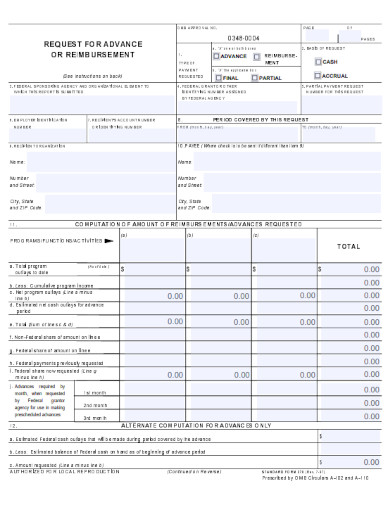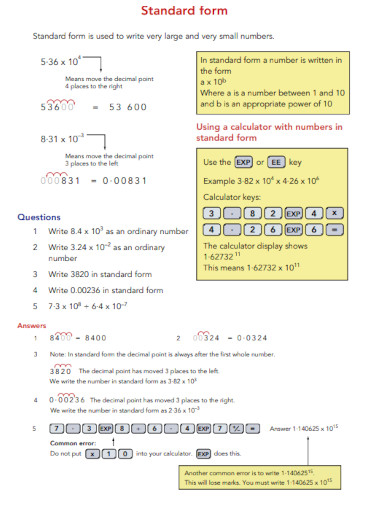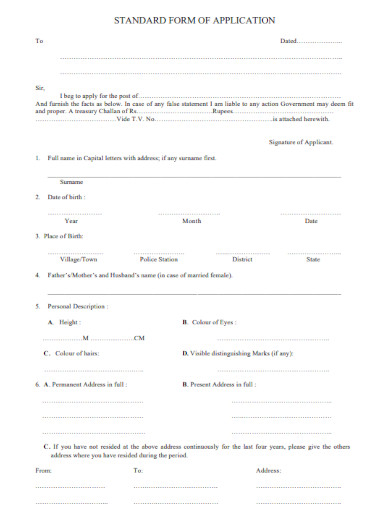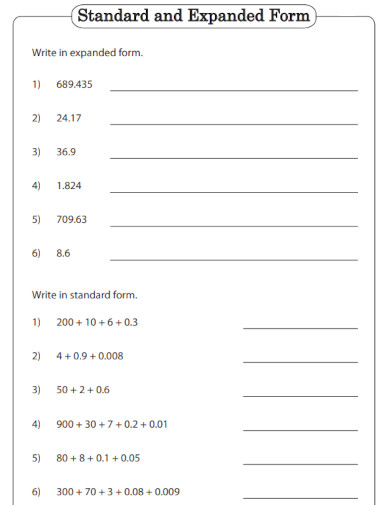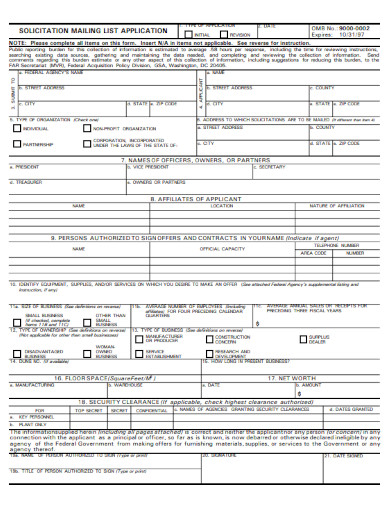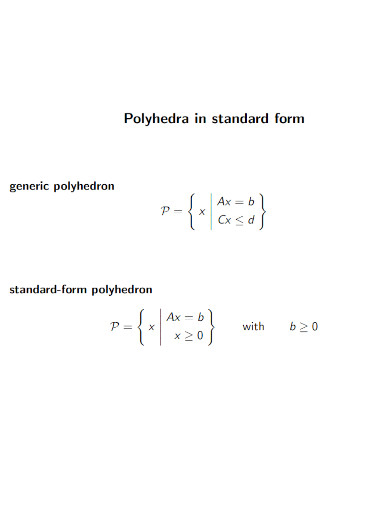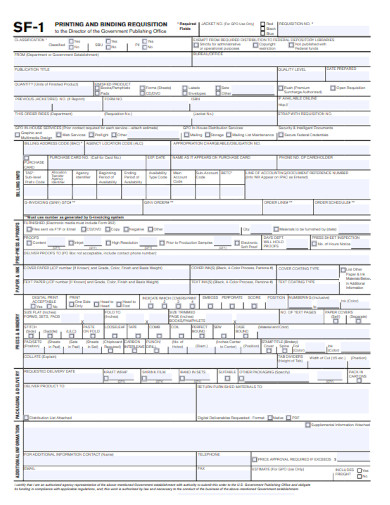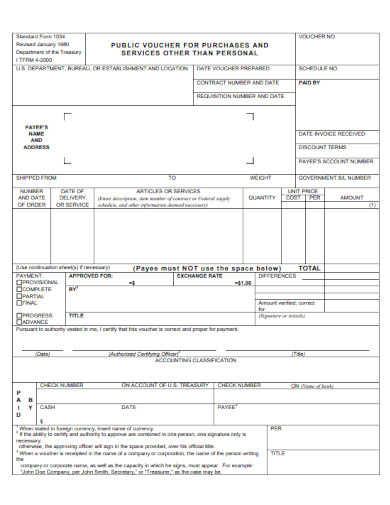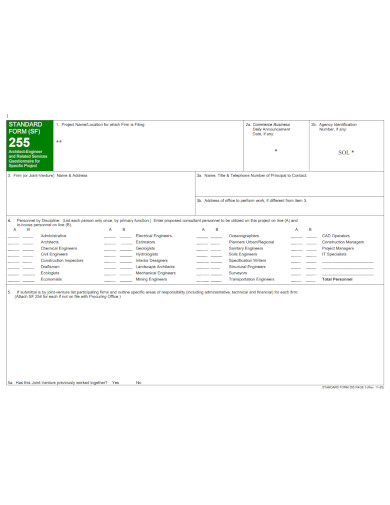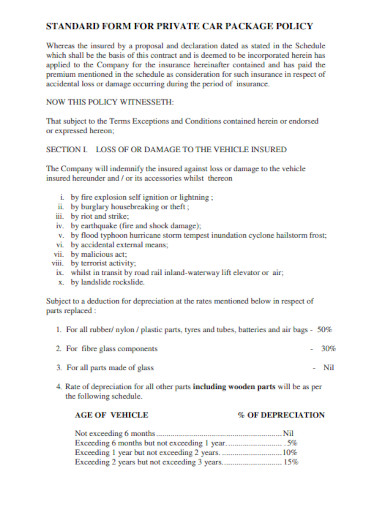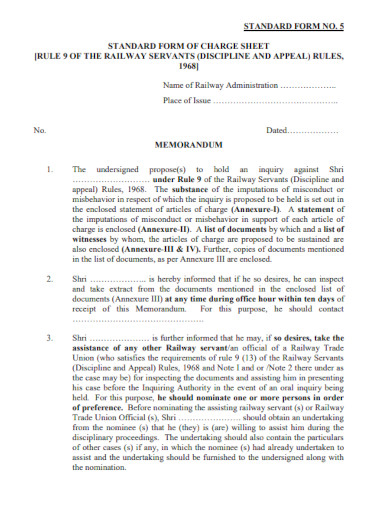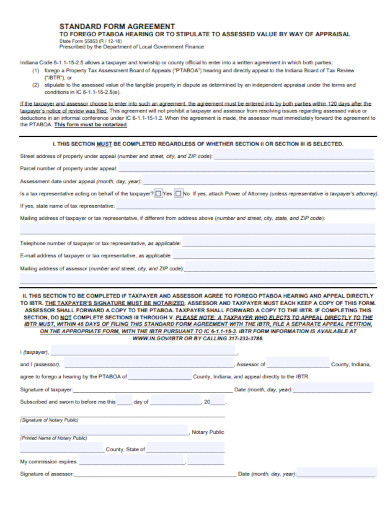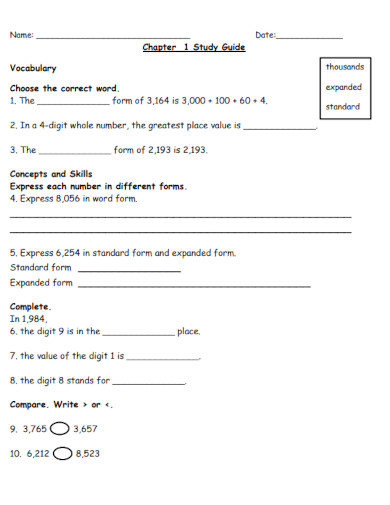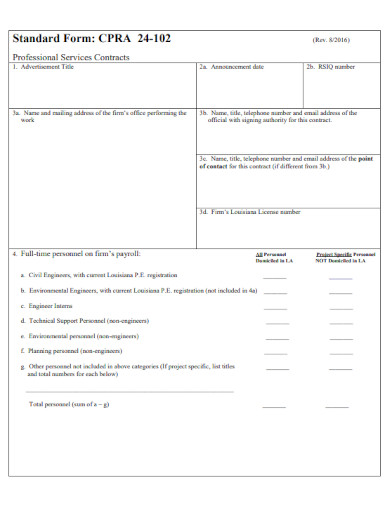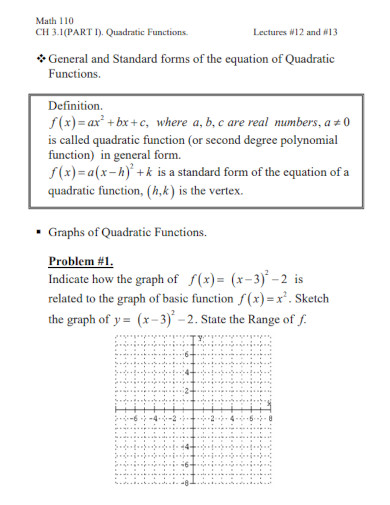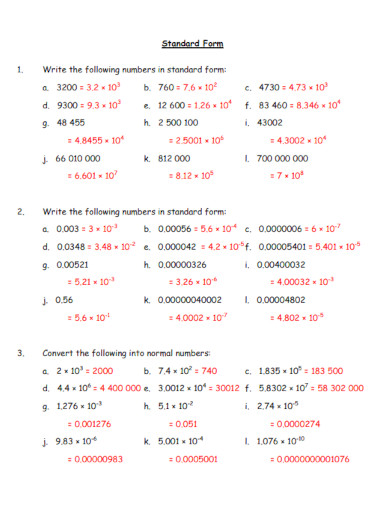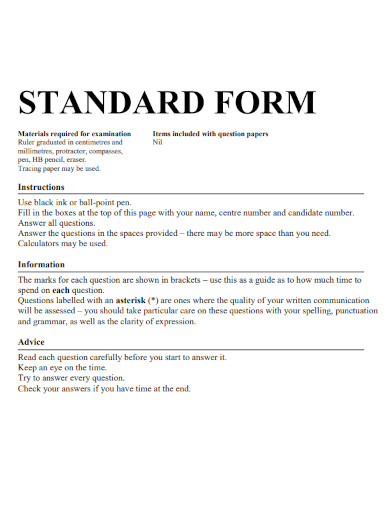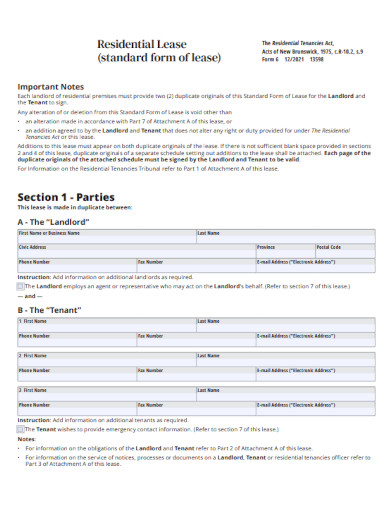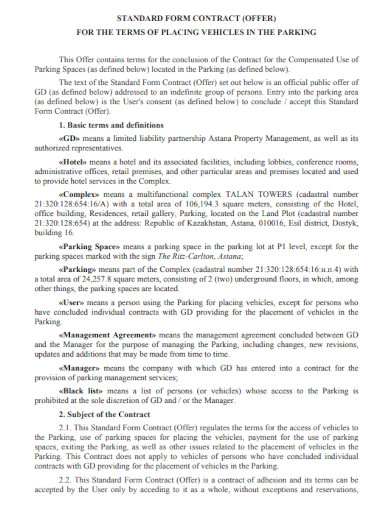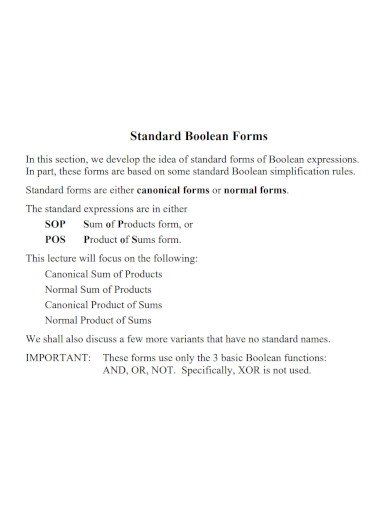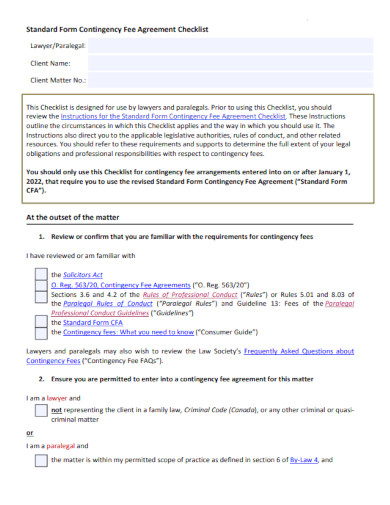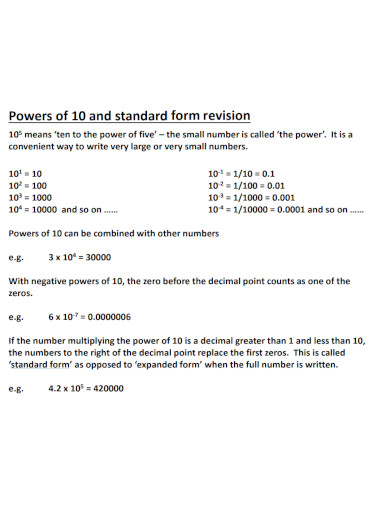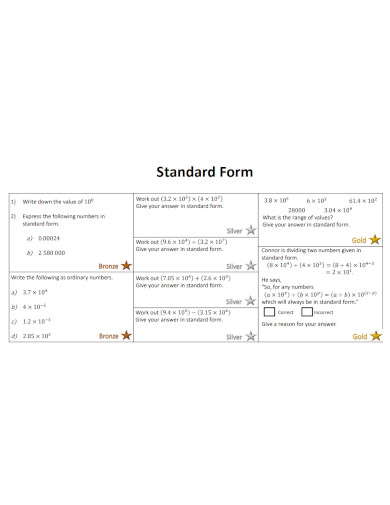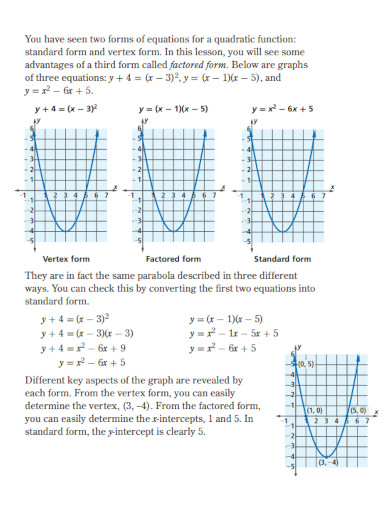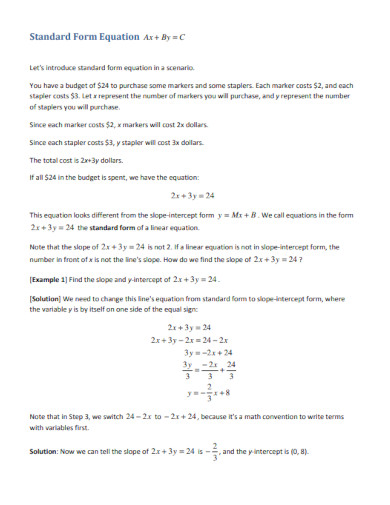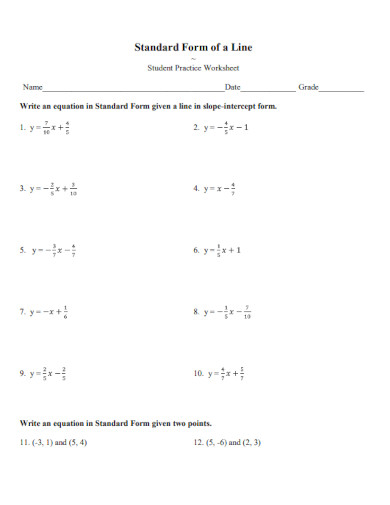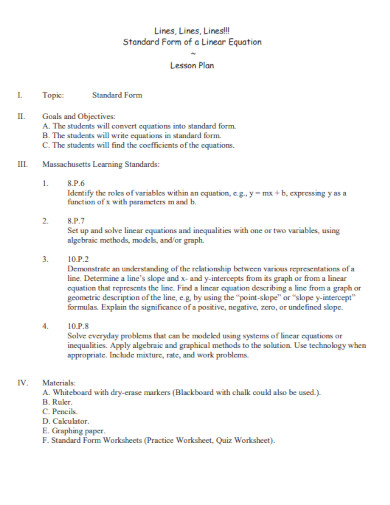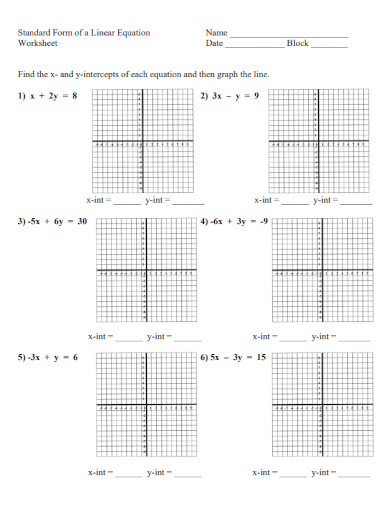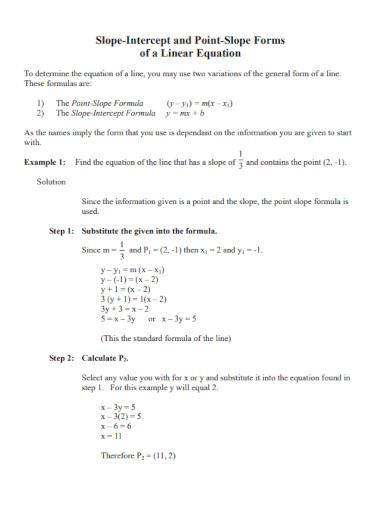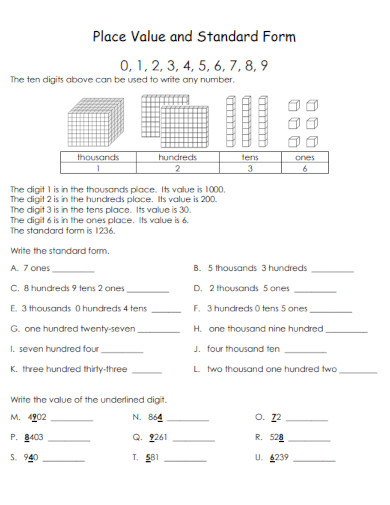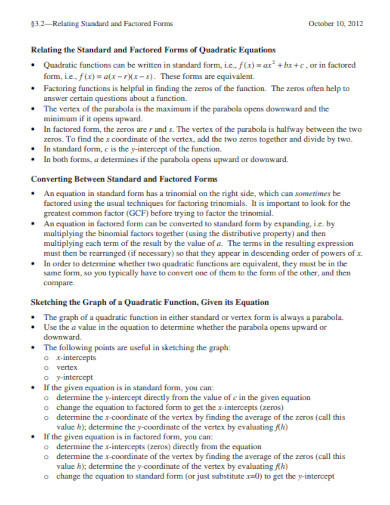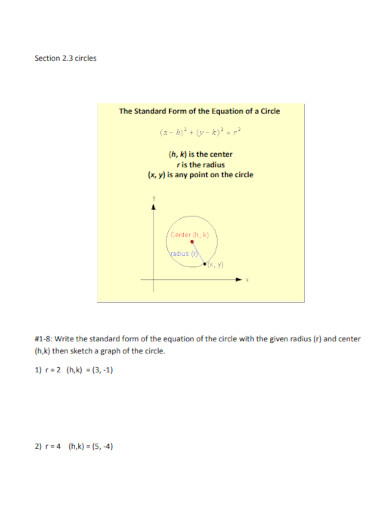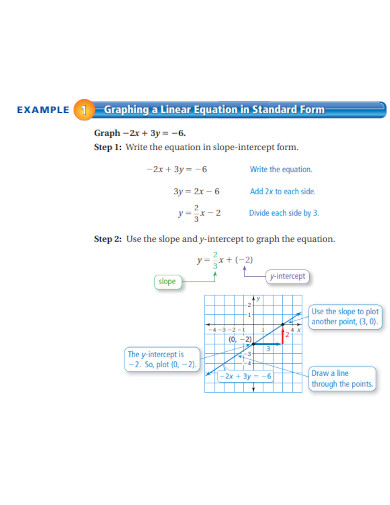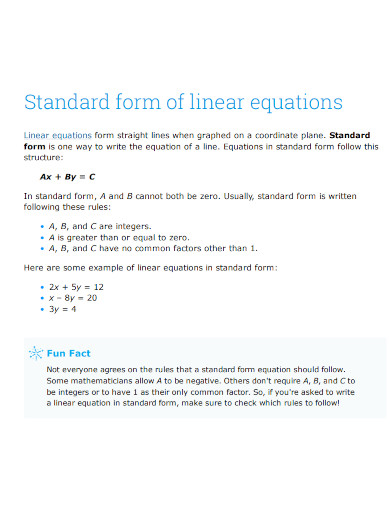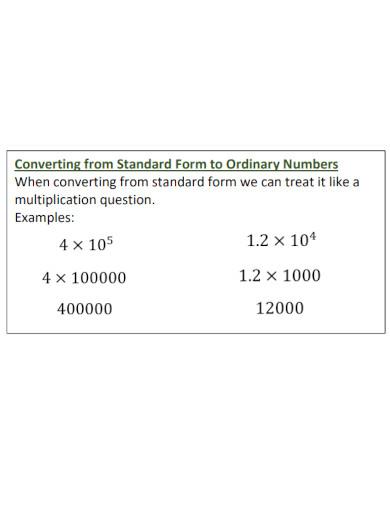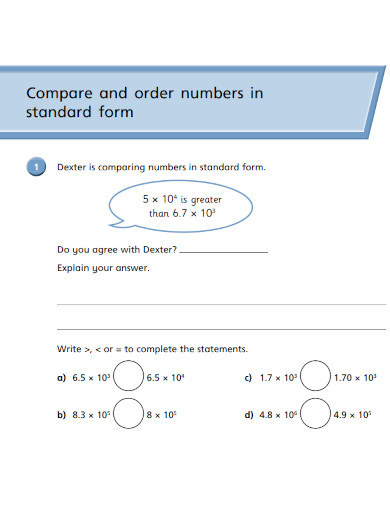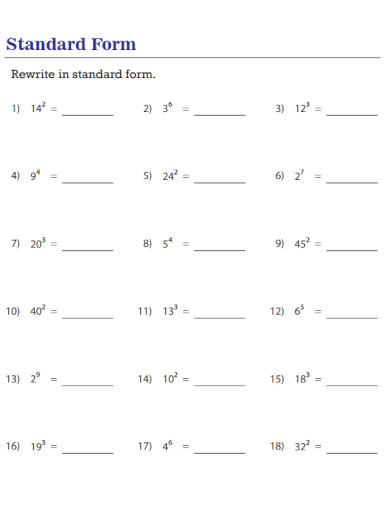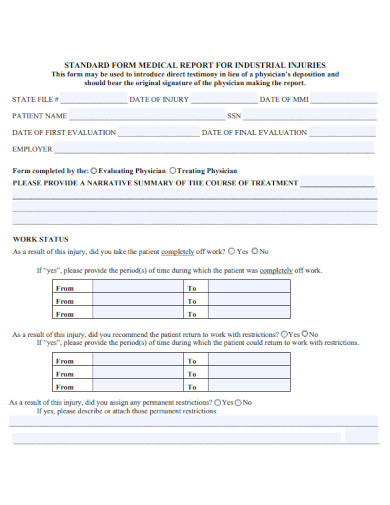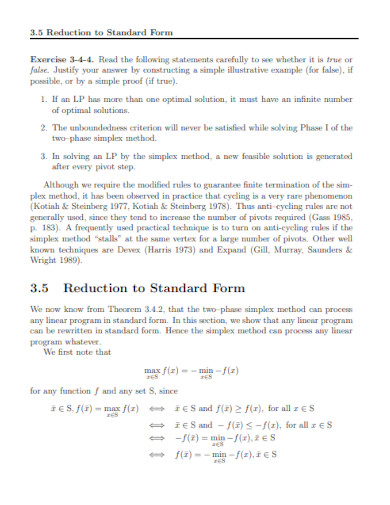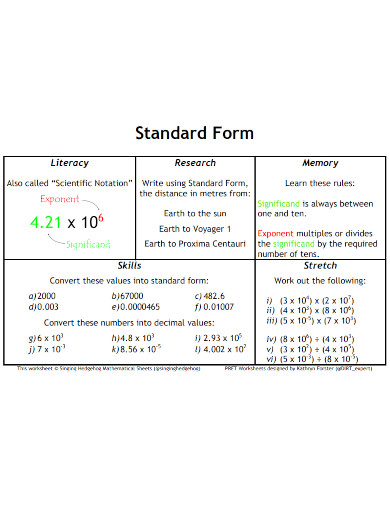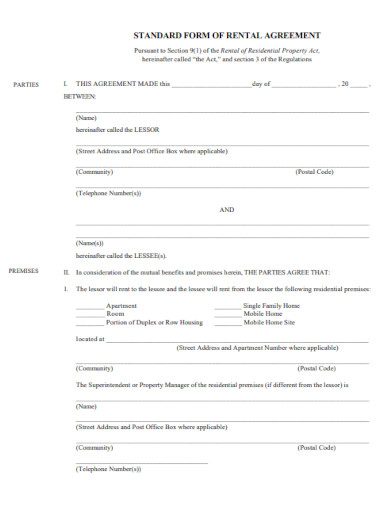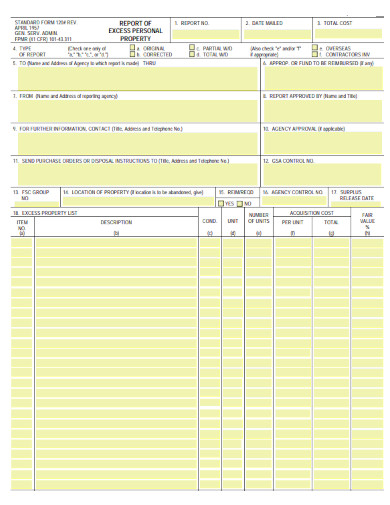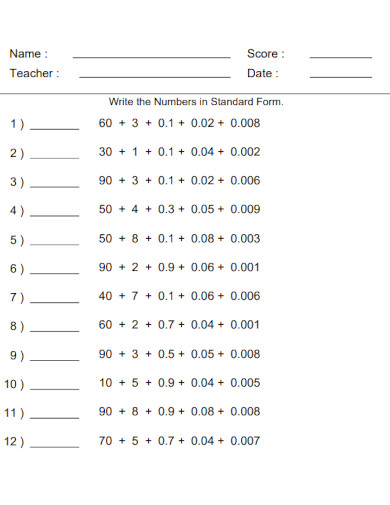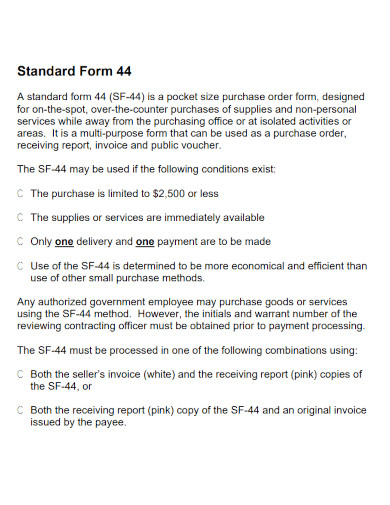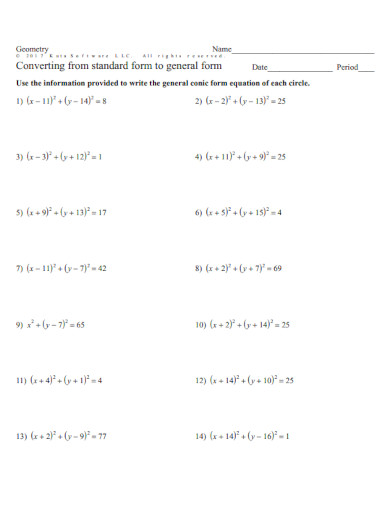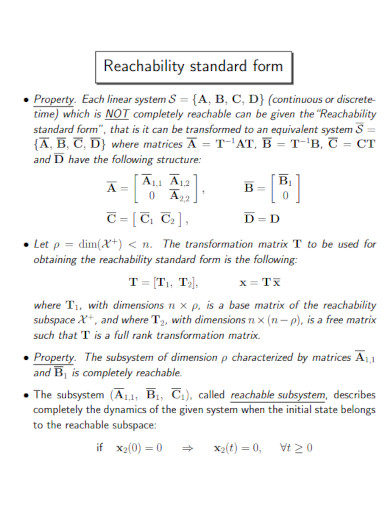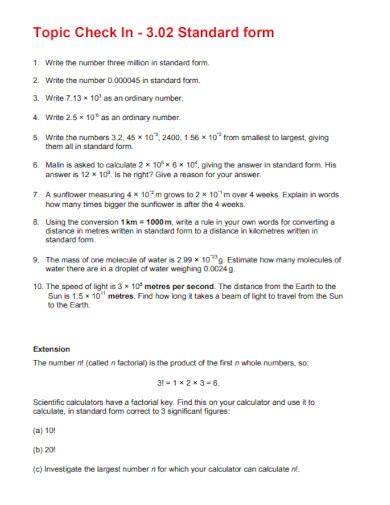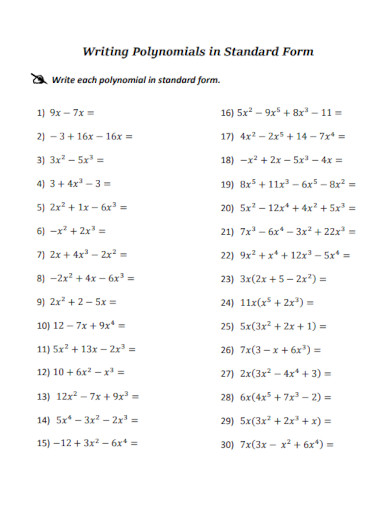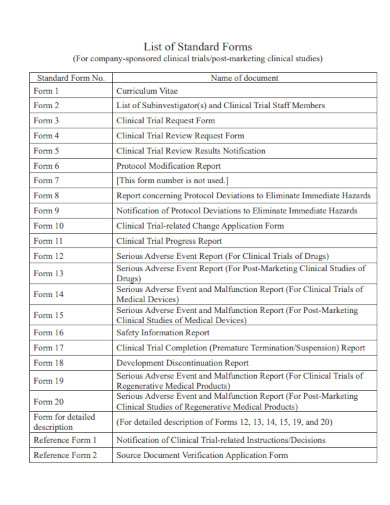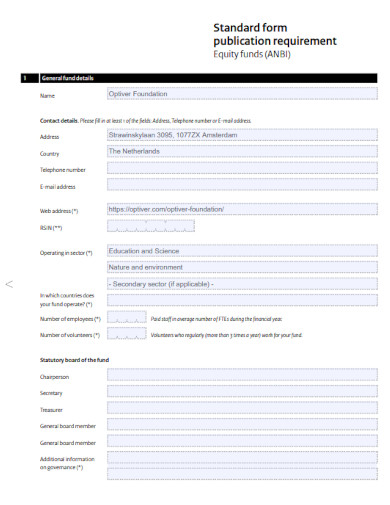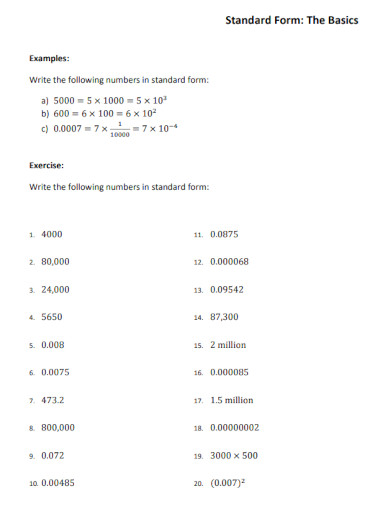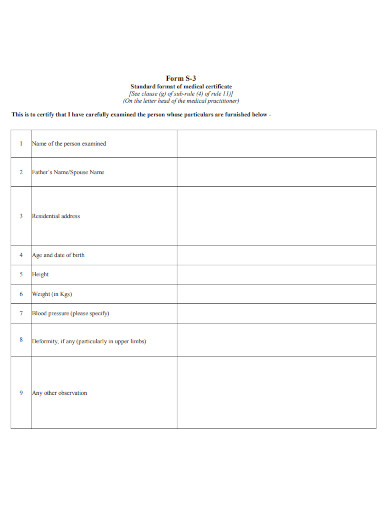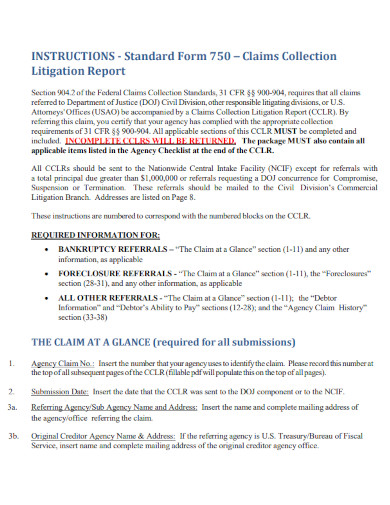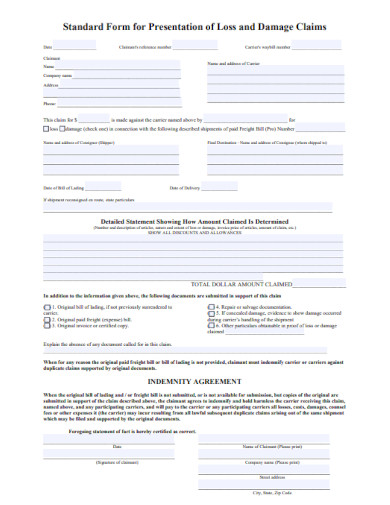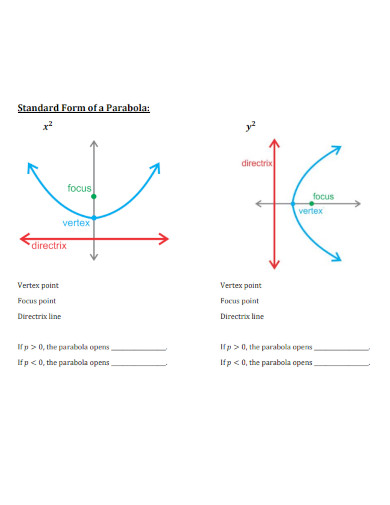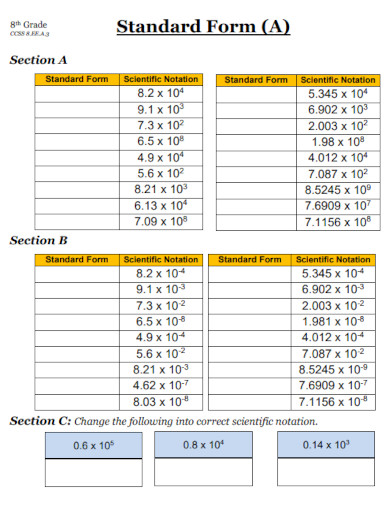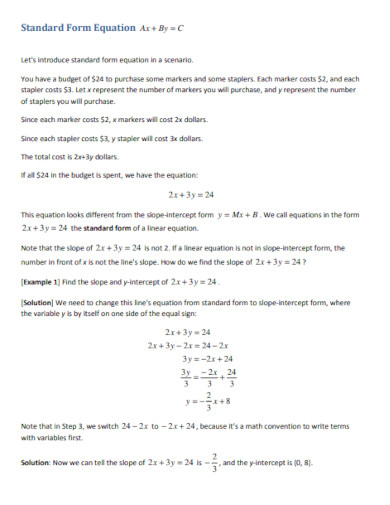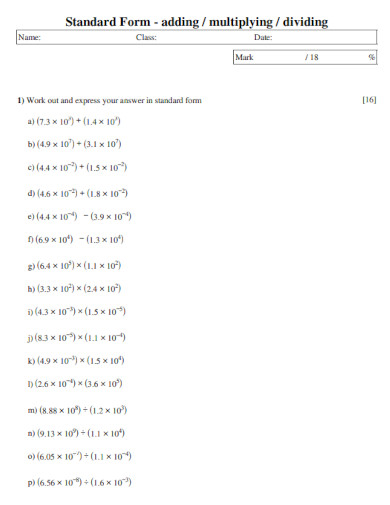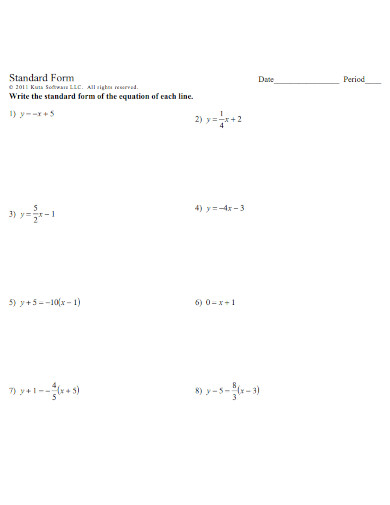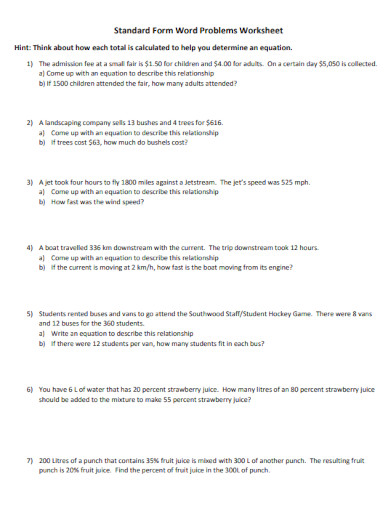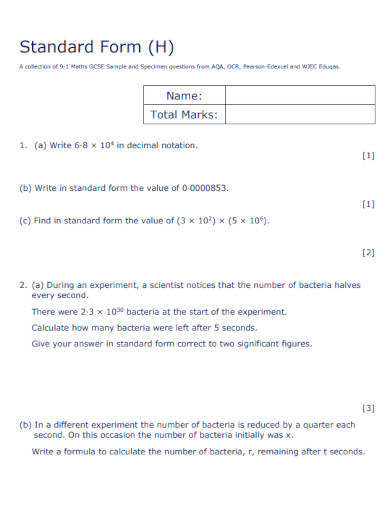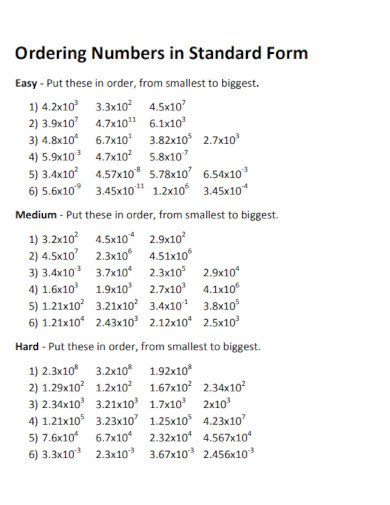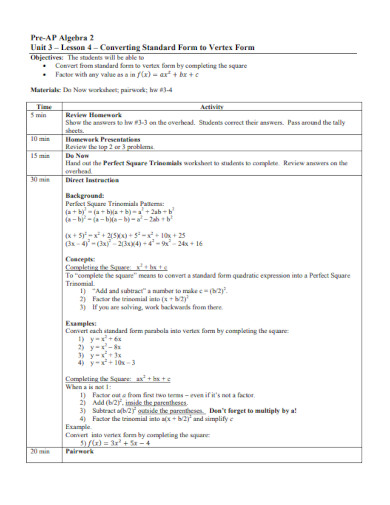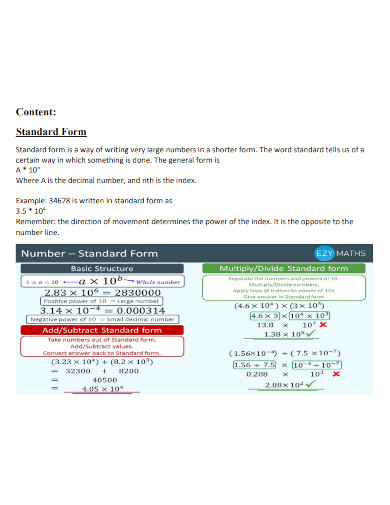99+ Standard Form Examples to Download
In mathematics, there are complex structures of equations that can come in a variety of forms. The standard form is the most used format of a specific equation or numerical notation.
1. Standard Form of Application
2. The Standard Form of a Differential Equation
3. Standard Form PDF
4. Indices and Standard Form
5. Standard Form of Order of Suspension
6. Scientific Notation or Standard Form
7. Convert to Standard Form
8. Standard Form of Contract
9. Standard Form Textbook
10. Simple Standard Form
11. Standard Sign Up Form
12. Standard Form for Individual
13. Standard Form for Medication
14. Standard Form for Job
15. Standard Form
16. Standard Form Contracts
17. Standard Form Assurances
18. Standard Form Activity
19. Standard Form Certificate of Insurance
20. Standard Form Certification
21. Standard Form of SOP
22. Elemental Standard Form
23. Engineering Services Standard Form
24. Standard Form Sample
25. Standard Form of Lease
26. Mathematics Standard Form
27. Reimbursement Standard Form
28. Standard Form Example
29. Application Standard Form
30. Standard and Expanded Form
31. Formal Standard Form
32. Polyhedra in Standard Form
33. Printing and Binding Requisition Standard Form
34. Writing Numbers in Standard Form
35. Revised Standard Form
36. Project Standard Form
37. Standard Form for Car Package Policy
38. Standard Form of Charge Sheet
39. Standard Form Agreement
40. Standard Form Study
41. Professional Standard Form
42. Standard Form of the Equation
43. Standard Form Sheet
44. Standard Form Format
45. Standard Form of Residential Lease
46. Standard Form Contract
47. Standard Boolean Form
48. Standard Form Contingency Fee Agreement Checklist
49. Standard Form Template
50. Standard Form Revision
51. Standard Form Example PDF
52. Quadratic Standard Form
53. Standard Form Equation
54. Standard to Vertex Form
55. Standard Form of a Line
56. Standard Form of a Linear Equation
57. Standard Form Worksheet
58. Standard Form Slope
59. Standard Form Place Value
60. Standard Form to General Form
61. Standard Form Review
62. Standard and Factored Forms
63. Standard Form Quadratic Equation
64. Standard Form Circle
65. Graphing a Linear Equation in Standard Form
66. Standard Form of Linear Equations PDF
67. Converting Standard Form
68. Order Numbers in Standard Form
69. Basic Standard Form
70. Standard Form Medical Report
71. Reduction to Standard Form
72. Short Standard Form
73. Standard Form of Rental Agreement
74. Standard Form Property
75. Standard Form for Teacher
76. Standard Form Entry
77. Standard Form to General Form Example
78. Standard Form of Salvage Agreement
79. Reachability Standard Form
80. Standard Form Topic Check In
81. Polynomials in Standard Form
82. Standard Form of Indemnity
83. List of Standard Forms
84. Standard Form Publication Requirement
85. Standard Form The Basics
86. Standard Form Example Worksheets
87. Standard Form of Medical Certificate
88. Standard Form Litigation Report
89. Standard Form for Presentation of Loss
90. Standard Form of a Parabola
91. 8th Grade Standard Form
92. Standard Form Sample Equation
93. Standard Form Layout
94. Standard Form Algebra
95. Standard Form Word Problems Worksheet
96. Sample Standard Form Template
97. Ordering Numbers in Standard Form
98. Standard Form to Vertex Form
99. Standard Form Printable Sheet
100. Writing a Standard Form
What Is Standard Form
The standard form is a modifier used in math to describe the basic format of a specific equation. Examples of the standard form include the standard form of a differential equation, the standard form of a linear equation, and the standard form of the indices. There is also another type of standard form outside of math, like a standard form certification and a standard form for medication.
How to Solve the Standard Form of a Quadratic Equation
The standard form of the quadratic equation will appear as ax2 + bx + c = 0. Where x is the unknown values and a, b, and c are the known values. The quadratic equation is used to search for the curve of a specific action, or object.
1.) Write Down the Equation
Begin by writing down the equation on a piece of paper or digital note-taking software. This will help you visualize the overall equation of the standard form of a quadratic equation.
2.) Move all Numbers and Variables to the Left-Side of the Equation
After writing the equation down, substitute each variable and move all numbers and variables to the left side of the equation. We do this to easily apply the quadratic formula to the quadratic equation.
3.) Simplify the Expression
If possible, you must simplify the expression with its lowest common denominator or LCD. This will help make the values in the expression easier to work with.
4.) Apply the Quadratic Formula and Solve the Equation
After simplifying the expression and moving all the numbers and variables to the left side of the expression, you will now apply the quadratic formula to solve the equation. This formula will come in the form of x = ?b ± ?(b2 ? 4ac)/2a. The same values apply for the quadratic equation (ax + by + c), meaning that the a in the quadratic equation is the same a used in the quadratic formula.
5.) Solve the Quadratic Formula
Solve the quadratic formula to find the value of X. Be sure to follow the order of operations and begin with the exponents and multiplication inside the parentheses. Avoid applying the ?b ± part of the formula as this will be followed through at the next step.
6.) Solve for Two Values of X
After you have solved the quadratic formula you must find the two values of X. To do this you must solve both the plus and the minus side of the -b. When you have finished doing this, you will end up with two values of X.
FAQs
What is the standard form of a decimal?
The standard form of a decimal follows the format of X.Y, where X is the whole number and Y is the decimal number. An example of this is 2.15 where 2 is the whole number while 15 is the decimal. But if we are referring to the standard form as a British term then we will refer to scientific notation. People characterize standard notation by a specific format of X × 10Y where X is the rational number and Y is the exponent, Y is the number of times the decimal point moves, and the symbol of Y denotes the direction the decimal moves. When writing a standard notation in word form the format should be “X multiplied in the power of Y.” People use the standard notation to express numbers whose values are exponentially large or small. An example of the usage of standard notation would be the shortening of 15 000 000 to 15 x 106,
Standard vs. Expanded form; what is the difference between standard and expanded form?
Standard form is the expression of a number as the person has written it. This means that when someone writes a number as five hundred sixty-five, you will convert this written number to standard form as 565. While expanded form is the expression of the number as a summation of all its values. Following the example above five hundred sixty-five will be written as 500 + 60 + 5 in expanded form. Though we usually use the standard form in our expression of numbers the expanded form has some niche uses.
Can irrational numbers be written in standard form?
Yes, you can express irrational numbers in standard form, with some exceptions and modifications. If we were to express ? in standard form, then it will span the whole page to infinity. But if we were to express ? to a certain degree in decimal places then we would be able to express the irrational number in standard form. For example, if someone asks you to express ? to the 6th decimal place then we will write it down as 3.141593. If you wish to express an infinite value then you may use … to express that the number reaches infinity. Using the above example, you will express ? as 3.1615926…
People have defined standard form as the most basic form of a numerical expression. When used correctly standard form can communicate the number you want to express to the person.


